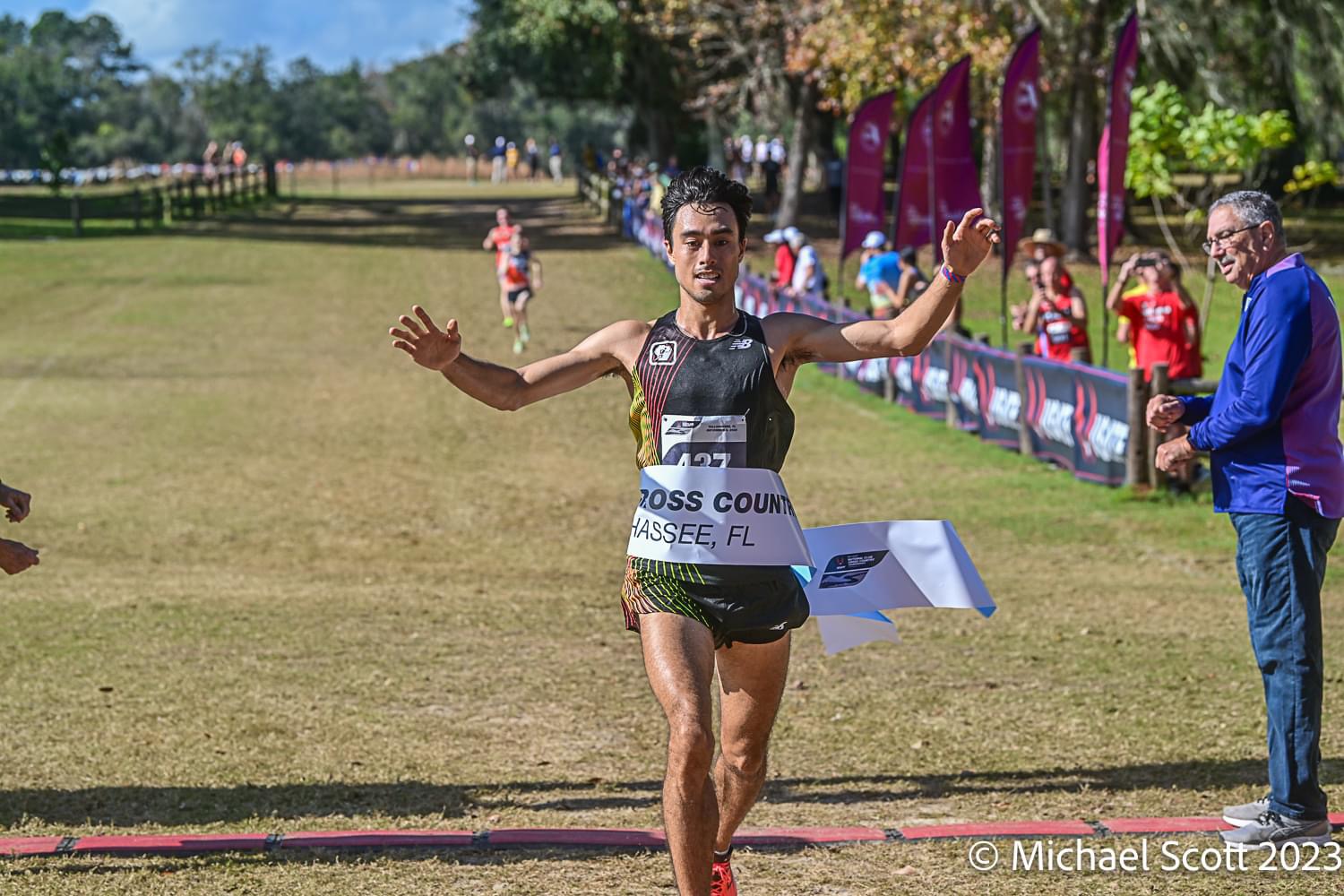
Laura Jack remembers what she wasn’t doing on Aug. 29, 2011.
She wasn’t running.
Jack can never forget that because the next day was the start of a running streak that has yet to end.
She’s on a roll. Her running streak has stretched beyond five years, and if it’s in her power, has no end in sight.
Jack started running in 2003 as a form of therapy after her father, a sprinter, died.
“I read an article about streakers and started my streak to see if I could do one year,” she said. “One year turned into two, and then into three. Now that I have hit five years, I can’t imagine stopping. It has become a regular part of my routine, like brushing my teeth or washing my face.”
She’s not alone, though she’s a relative newcomer to the approach. Englishman Ron Hill ran daily for 52 years and 39 days, starting in 1964, the year he ran in his first Olympics and broke his first world record. His steak ended Jan. 29, 2017.
Many streakers, though not all, maintain records with the United States Running Streak Association (USRSA), which sets the standard of completing one mile per day on any terrain, treadmill included. Kensington runner Jim Hage’s name isn’t on there, but he’s been going since 1982.
Jack’s job as vice president for development and alumni relations at Howard University puts her on the road a lot, making things difficult. A delayed flight forced her to miss a scheduled evening run and nearly broke her streak.
When her plane, originally scheduled to arrive in D.C. at 7 p.m., did not land until close to midnight, she had to find a way to get it in.
“When we landed, it was after 11:30, so I knew I wouldn’t make it home (in time),” she said. “I headed upstairs to the U.S. Airways lounge, thinking I could convince them I was not crazy and to let me run in the lounge. It was closed, so I put my bags down, and ran up and back in front of the lounge until I made one mile.”

Reston resident John Byrne’s almost-22-year streak nearly came to an end recently in Puerto Rico, when he broke his right arm.
“I spent hours in [the] ER,” he said. “Doctors said no exercise and I said, ‘That is not an option.’ So [I] slowly ran on a treadmill for about seven days.
A few of the longest streaks are held by women. “I hope to join that elite group one day,” Jack said.
The USRSA was founded in 2000 by Dawn and John Strumsky from Millersville, Md. They have since retired, but the organization remains strong and growing.
Mark Washburne, president of the USRSA, has run at least three miles a day since December, 1989, and his job involves maintaining data on recognized streakers. He views this responsibility as another history project, preserving these records for future generations.
He said more and more runners are starting their streaks each year. Not only is the USRSA list growing in overall number, but also in diversity. Washburne sees more women joining the list than ever before. The list has historically been dominated by male runners.
Jack hopes to be one of the women in it for the long haul. She’s noticed they’re relatively scarce, though their ranks are growing.
Streaking, of course, comes with its own set of challenges.
Runners know it can be helpful to take a day off from time to time, especially when dealing with injuries.
Washburne passed out during the Richmond Marathon and was immediately hospitalized. He went out and ran four miles the next day, which was nothing, he said, compared to one guy who ran through the hospital halls with his IV.
That might sound crazy to some, but for Washburn, it’s not surprising. He said runners have to adapt to maintain their streak. “We change the question from, ‘Will we run?’ to ‘How do we fit it into the day?’”
Strumsky wrote that simply adjusting distance and intensity should allow a runner’s body to recover while still being able to run each day.
He recommends running on a regular basis for at least six months before starting a streak, and he highlights the need for record keeping.
“Maintenance of a running log or training diary to record your activities will provide you with a record of where you’ve already been,” he said. “It will also serve as a roadmap to where you are going. There is no way to build improvement into your program if you have no means of measuring your past efforts.”
Confidence from looking back on a long streak has been a boon to D.C.’s streakers.
Running has now become a huge part of Jack’s life. It’s as much of a routine as getting dressed in the morning. She said there’s more to it than just getting a run in.
“I think the biggest takeaway is that we are stronger than we think,” she said. “Ten years ago, if you would ask me if I thought I could do this, I would say no way. I’m not the strongest person, I’m not the fastest person, I’m not the fittest. But I am strong in my own right. I would say find what you love, whether it is running or something else, and go for it with all your heart.”
For Byrne, streaking is about more than just getting in the miles. It’s about getting in the right mentality.
“A streak obviously demands a certain amount of organization and planning. It has taught me that I can use that skill in other pursuits,” he said.
Springfield’s Ben Emmons agreed that running every day puts him in a good state of mind.
“No matter how busy you are, you have time to do anything you make a priority,” he said. “Running can cure bad moods.”
He used to see running as a punishment, not a privilege. But reaching 321 pounds in 2007 told him he was living on borrowed time.
He started with short, slow distances, even prioritizing downhill runs when he could. As time went on, he quickly discovered his love for running and began pushing himself more and more in the sport. He upped his mileage and speed until he was competing in 20-plus mile races across the world.
“After visiting Paris and braving the freezing temperatures, ice and snow, and then Scotland running the 7 Hill Challenge solo, I decided I should just keep running every day for the upcoming year.”
That was December 2008. Since then, his streak has become part of his life.
“One of the more memorable days of my streak was on the day of my father’s funeral. I remember running, praying, and crying all at the same time … that run helped me process so much. Days with runs like this have made me realize that the trick isn’t keeping the streak going during tough times, but rather that the streak keeps me going through tough times.”
The beauty of streaking is that anyone can do it. There are no qualifying times, no lengthy distances to complete, nor entry fees. Whether you’re an elite runner or a beginner, everyone has an equal opportunity to start streaking. Emmons gets it.
“Sometime between when I started streaking and now, I realized running isn’t something you have to do, it is something you get to do,” he said. “It is a gift. Now I run because I can.”
Though maintaining a streak comes with its own set of risks and efforts, the streakers themselves seem to think it’s worth it.
“I never encourage people to start run streaking,” Emmons said, “but I have never met anyone who regretted it once they started.”
This article originally appeared in the Winter 2016 issue of RunWashington
Recent Stories
Looking for our race calendar? Click here Submit races here or shop local for running gear
James W. Foley Freedom Run
Inspired by the moral courage of freelance journalist James Foley, the mission of the nonprofit Foley Foundation is to secure the freedom of Americans held captive abroad unjustly by terrorist organizations or rogue states, and to promote journalist safety.
The
Kensington 8K Race
Since 1994, the Kensington 8K Race has been a favorite DC area fall race – a fun, fast event with beauty, challenge, and excitement. Run it this year on Saturday, September 21, 2024!
The 8K distance is $39, with a






